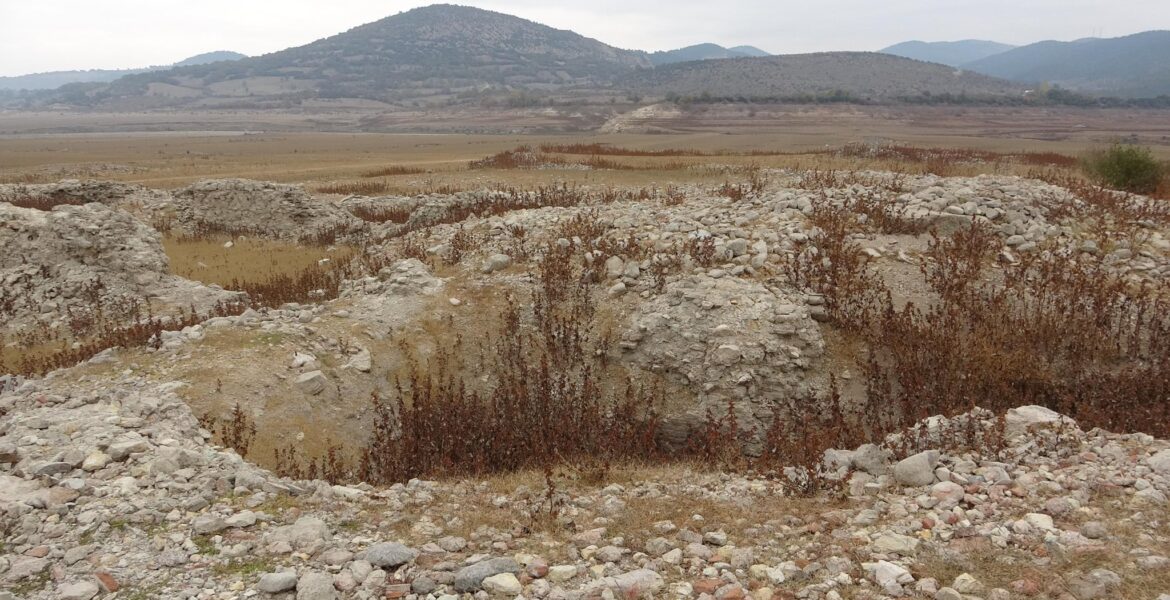A submerged ancient Greek city has come to light thanks to months of drought which saw receding waters reveal the ruins of a 1,500-year-old church and bathhouse belonging to the ancient city of Scepsis in modern day Turkey reports Newsweek.
According to media outlet, Scepsis has been known about for some time, but for the past 30 years it has been buried by the dam's water. The city is thought to be at least 2,500 years old and was built in what was then known as Anatolia, later Asia Minor, the Asian portion of modern-day Turkey.
The city gained prominence in the fourth and fifth centuries, during the Byzantine period, which is when archaeologists believe the church and baths were built.
"The bath structure is one of the rare structures we know especially in the Byzantine period and is important because of its decorative features," Oğuz Koçyiğit of Çanakkale Onsekiz Mart University told local newspapers. "It gives us information about the architecture, construction techniques, baths and bathing traditions of the period. In this sense, it is important for us that these ruins have come to the surface."
To learn about the city's deeper history, a team has begun excavations of the city's cemetery—or, more accurately, its necropolis. "We know that there are also tombs in this necropolis dating back to the Hellenistic and Roman periods," Koçyiğit said.

